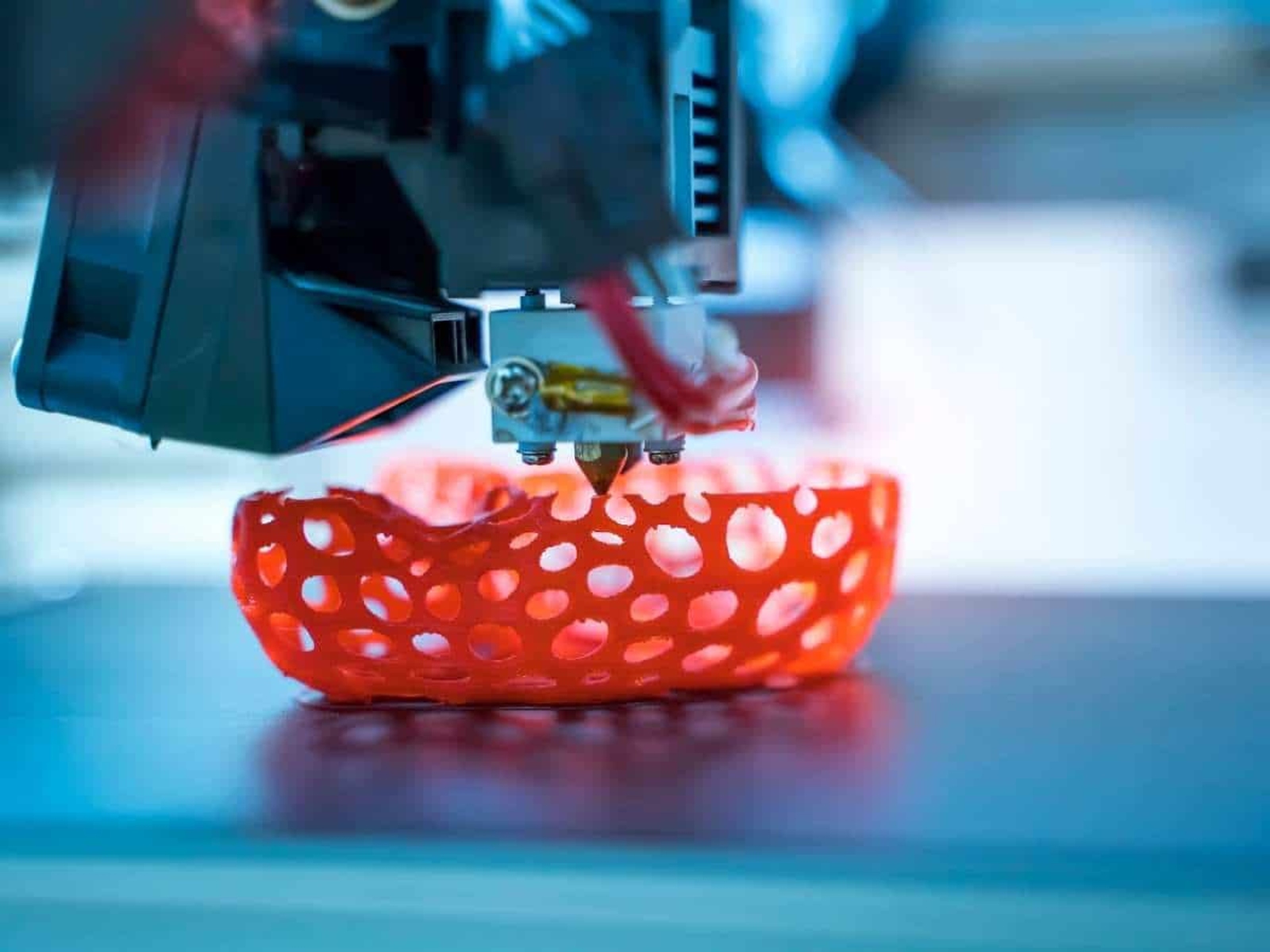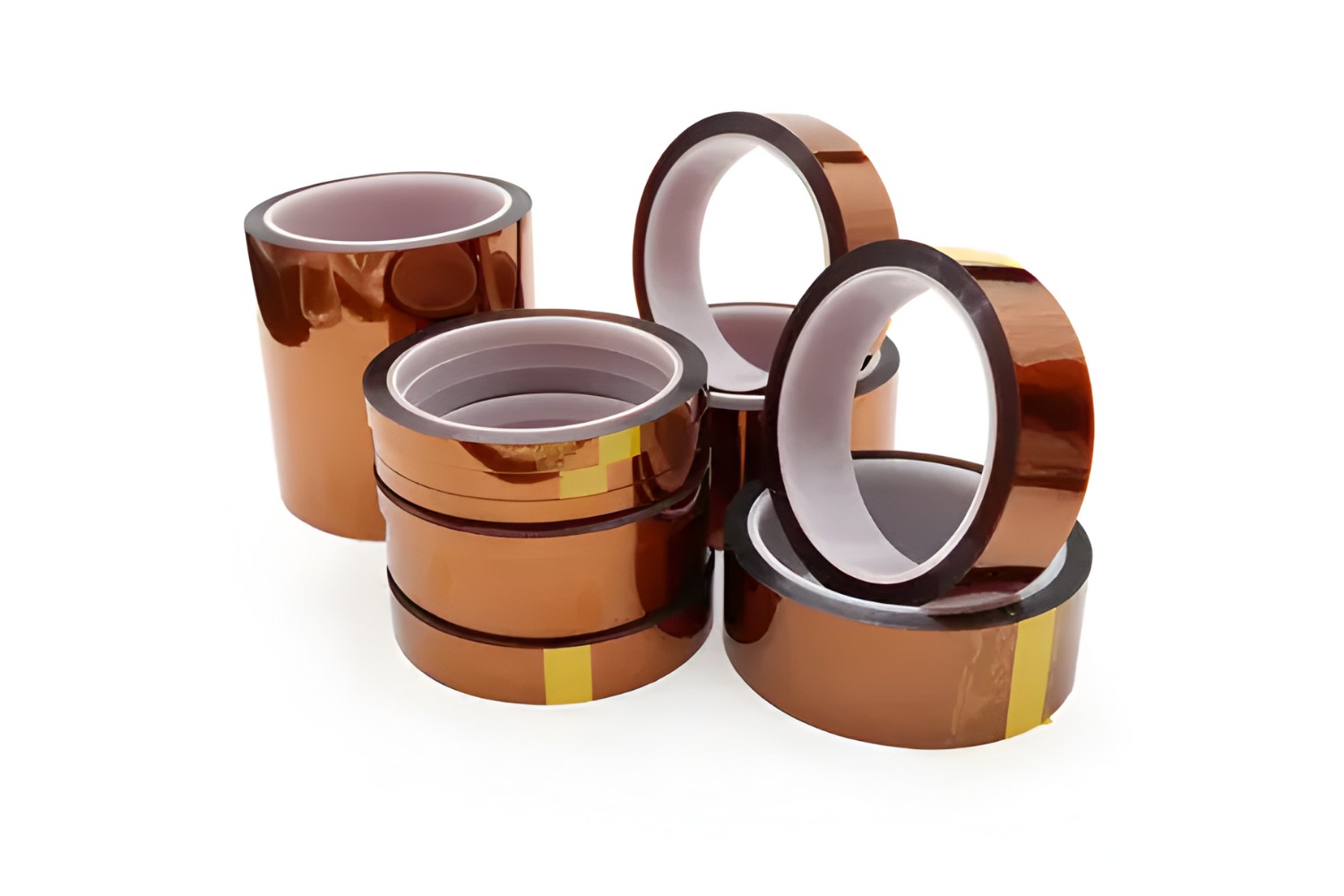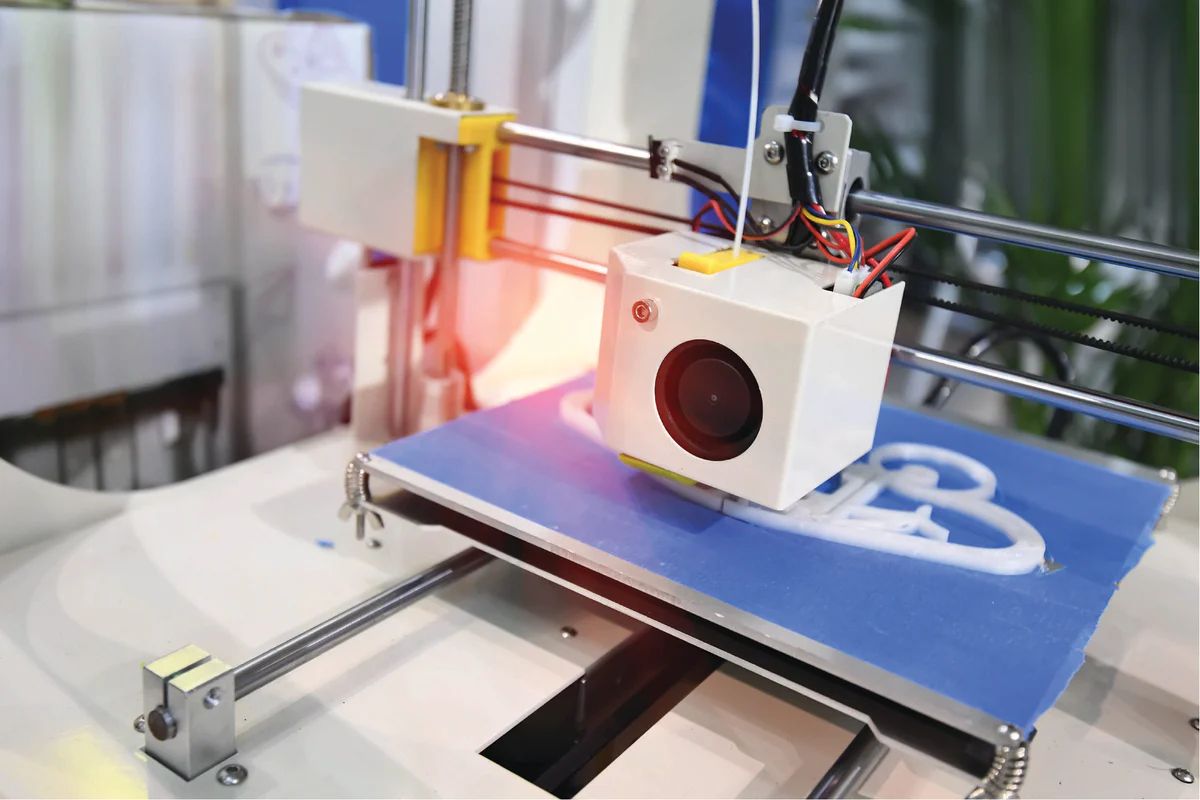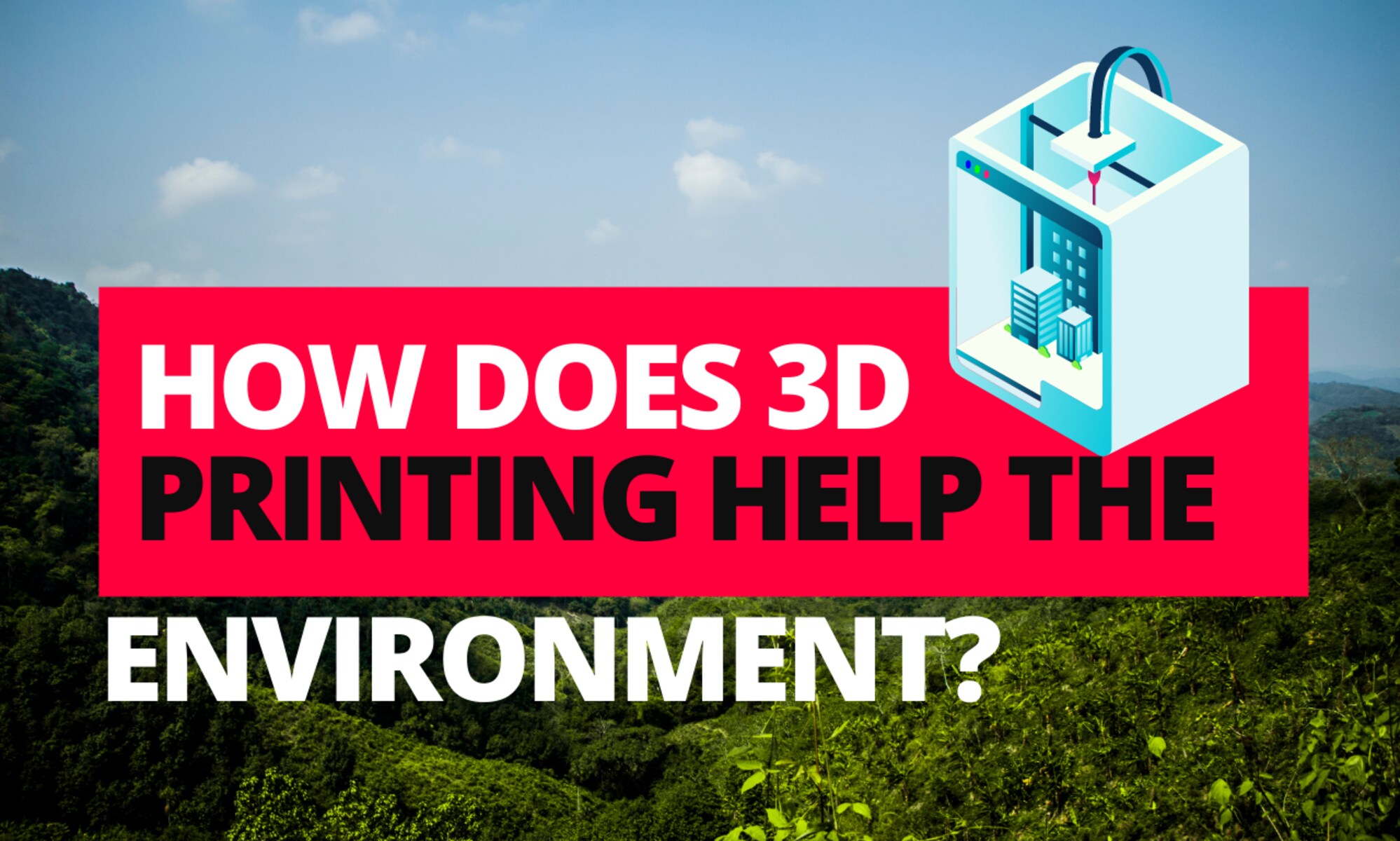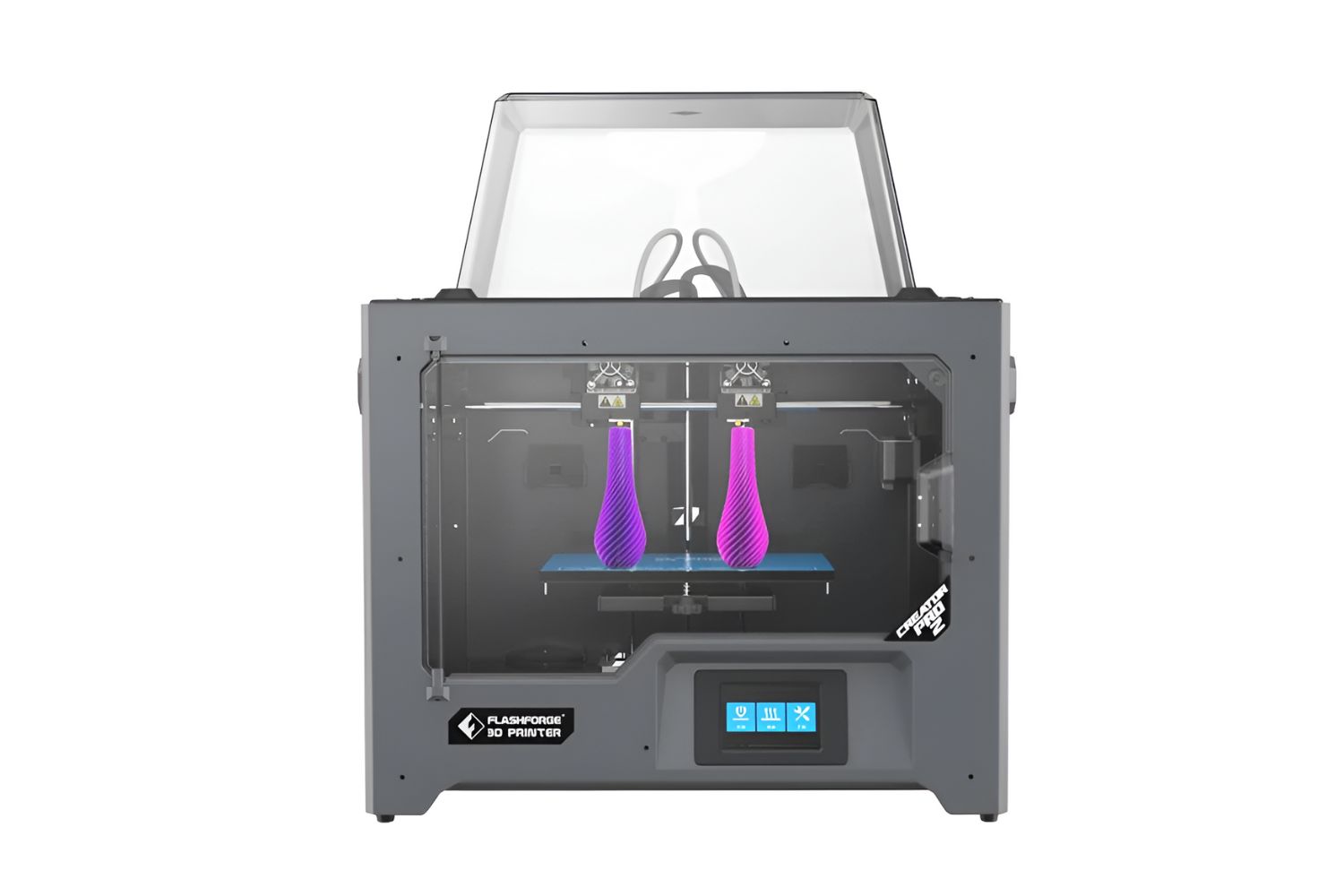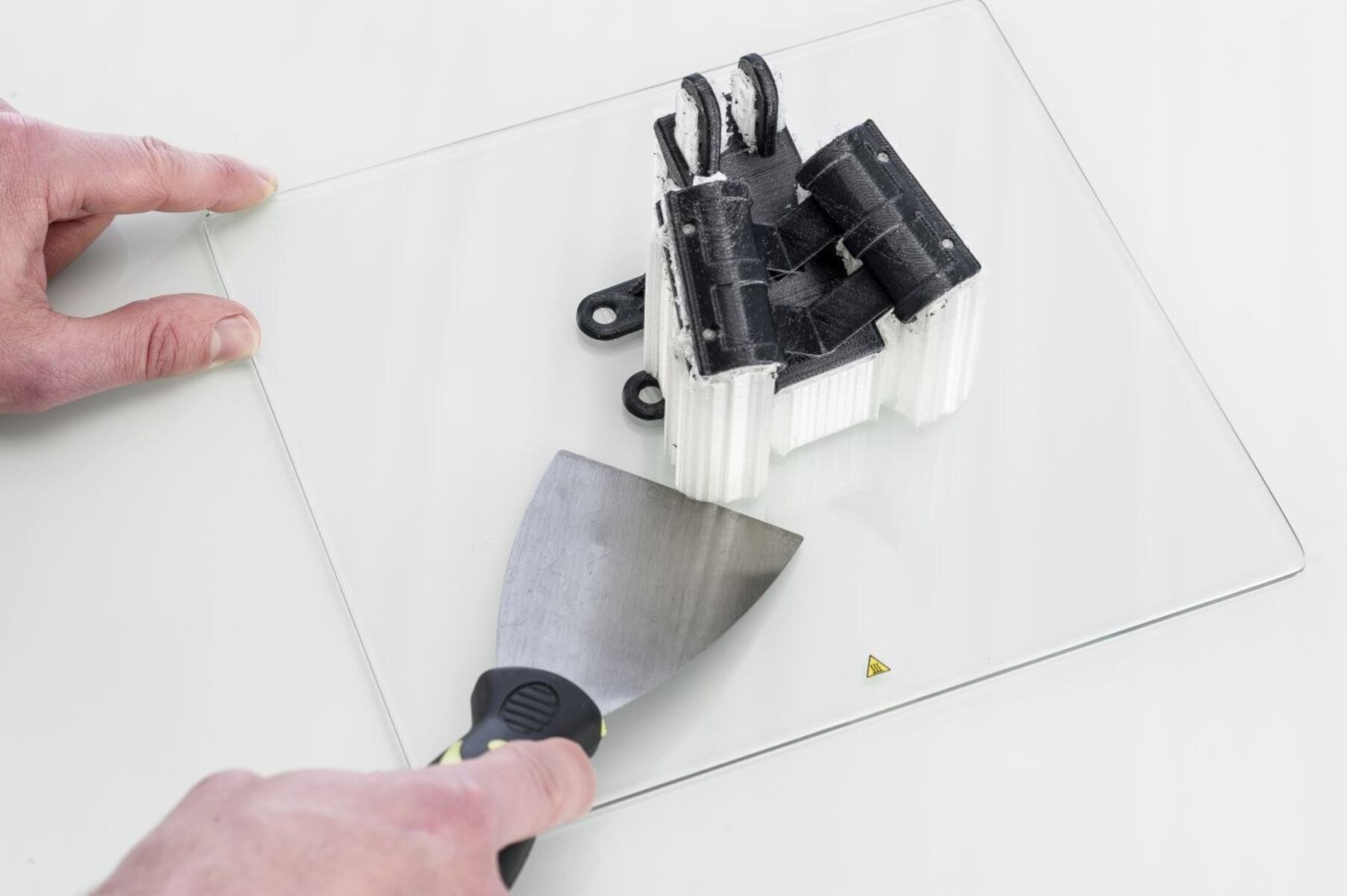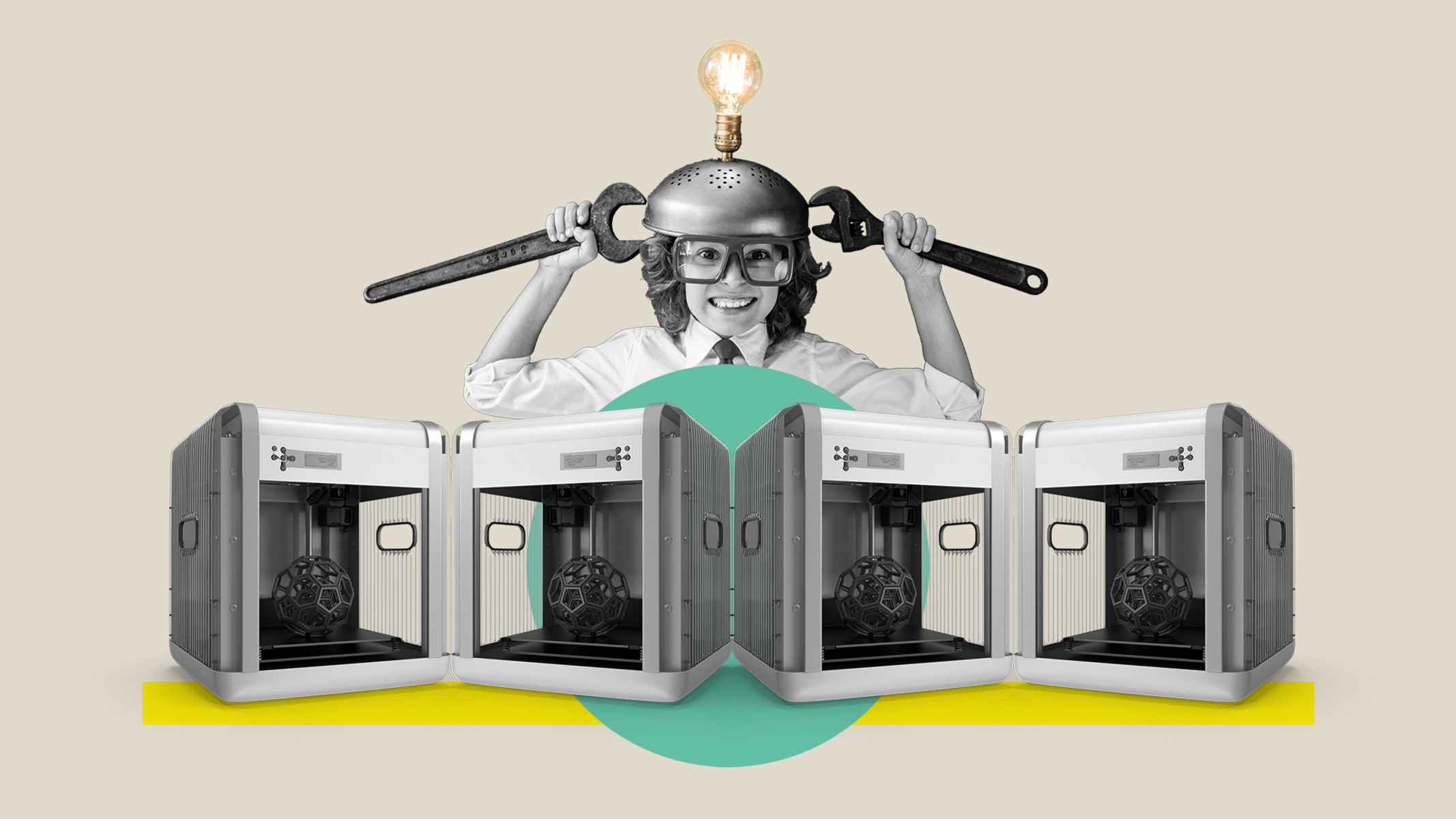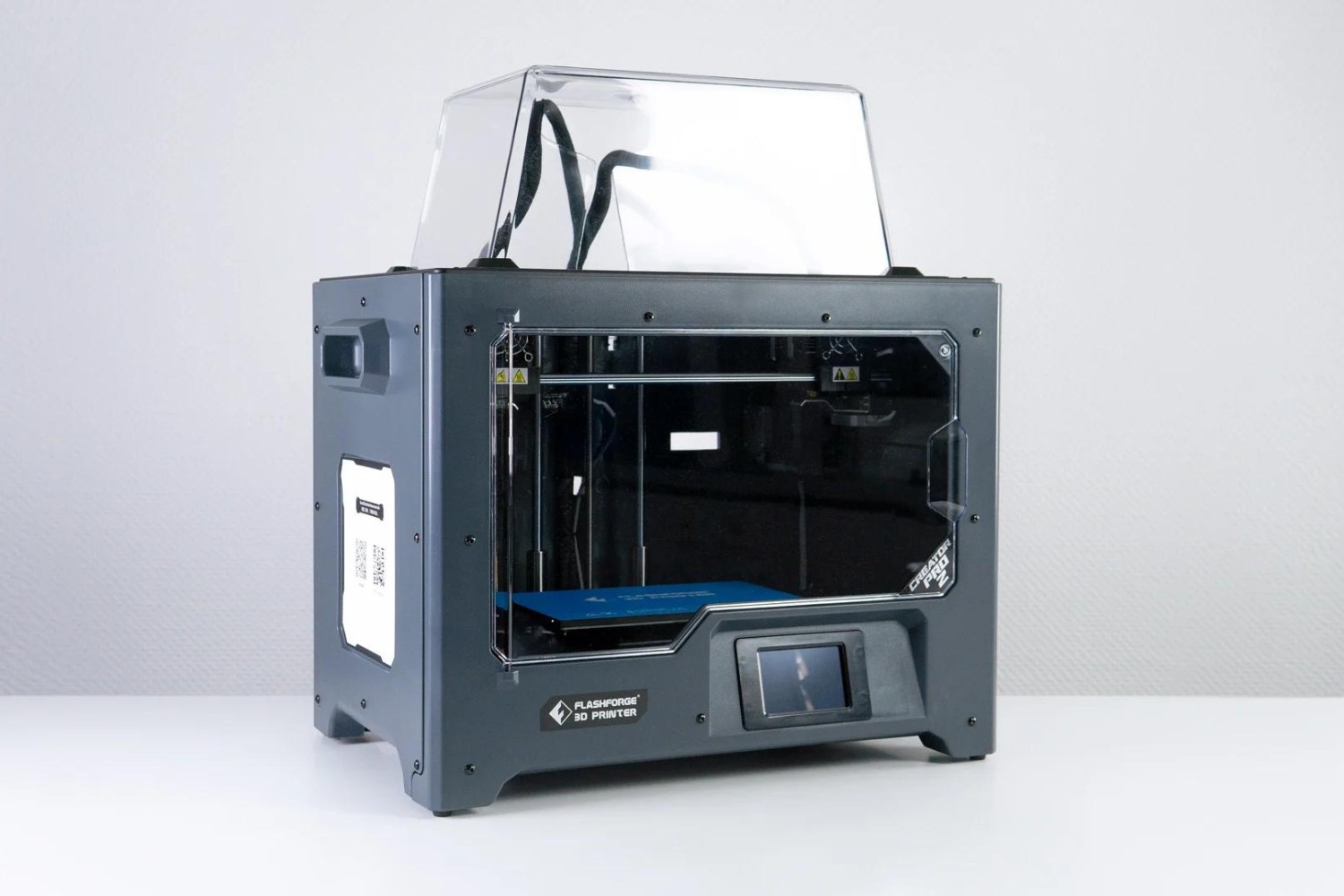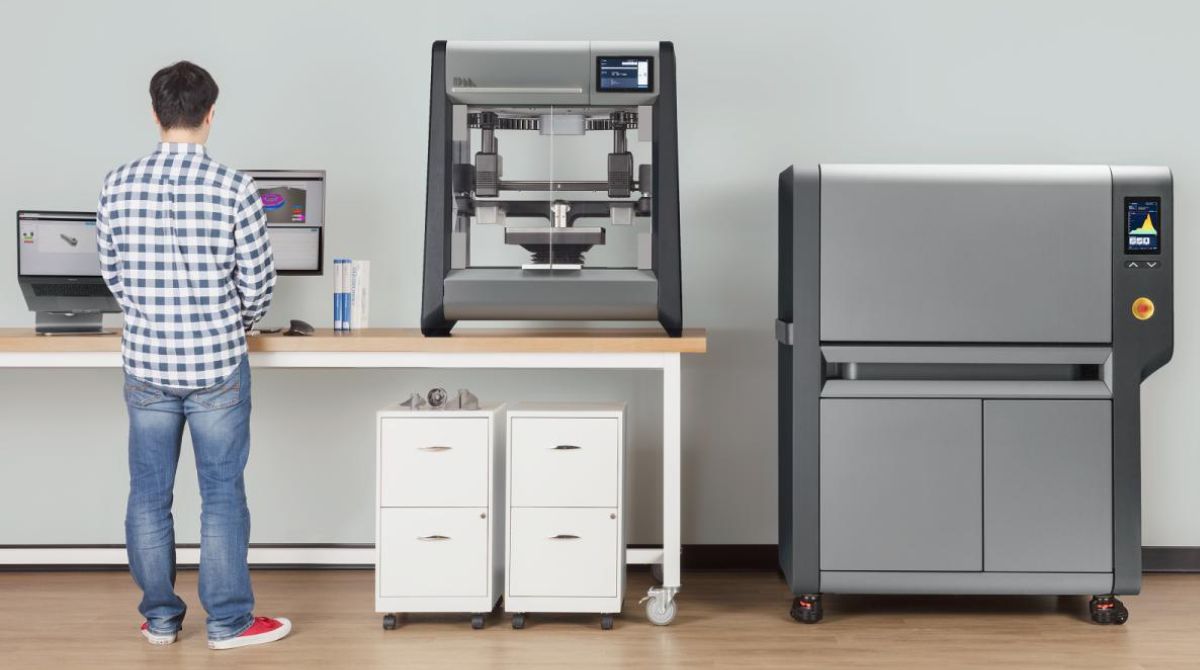Introduction
Welcome to the fascinating world of 3D printing. In recent years, this innovative technology has gained significant attention and has revolutionized various industries. From manufacturing and healthcare to fashion and education, 3D printing has opened up a realm of possibilities.
But what exactly is 3D printing? At its core, it is an additive manufacturing process that allows you to create three-dimensional objects from digital designs. Unlike traditional manufacturing methods that involve subtracting material from a solid block, 3D printing adds layers upon layers of material until the desired object is formed. This layer-by-layer approach results in incredible detail and precision in the final product.
One of the key advantages of 3D printing is its versatility. It can be used to produce a wide range of objects, including prototypes, custom-designed products, replacement parts, and even intricate art pieces. The technology has democratized the manufacturing process, empowering individuals and small businesses to bring their ideas to life without the need for expensive machinery or large-scale operations.
In this article, we will explore the basics of 3D printing, the different types of 3D printers available, the materials used in the process, and the overall process of creating a 3D printed object. We will also discuss the challenges and limitations of 3D printing and provide tips on troubleshooting common issues that may arise. Whether you are new to 3D printing or looking to improve your skills, this article is here to guide you.
So, if you have ever wondered how 3D printing works, the possibilities it presents, or how you can start exploring this exciting technology, read on. Get ready to dive into a world of creativity, innovation, and endless possibilities!
Understanding the Basics of 3D Printing
Before we delve into the complexities of 3D printing, let’s start with the basics. At its core, 3D printing is an additive manufacturing process that transforms a digital design into a physical object. This process involves creating a three-dimensional object by adding layers of material one on top of another.
The first step in 3D printing is to create a digital model of the object. This can be done using computer-aided design (CAD) software or by scanning an existing object using a 3D scanner. The digital model serves as a blueprint for the 3D printer to create the physical object.
Once the digital model is ready, it is sliced into thin cross-sectional layers using slicing software. The slicing software determines the path that the 3D printer’s nozzle will follow to create each layer. It also takes into account factors such as the material being used, the desired level of detail, and the structural integrity of the object.
With the sliced model in hand, it’s time to choose the right 3D printer for the job. There are various types of 3D printers available, each utilizing different technologies and materials. Some common types include fused deposition modeling (FDM), stereolithography (SLA), selective laser sintering (SLS), and digital light processing (DLP). Each type has its own strengths and weaknesses, so it’s essential to choose the one that best suits your needs.
Now that we have a digital model and a compatible 3D printer, it’s time to select the material. 3D printers can work with a wide range of materials, including plastics, metals, ceramics, and even food-grade ingredients. The material is loaded into the 3D printer in filament or powder form, depending on the technology being used.
Once all the preparations are complete, the 3D printing process begins. The printer follows the instructions from the slicing software, heating or melting the material and depositing it layer by layer. As each layer is added, it fuses with the previous layer, gradually forming the final object. The process continues until the entire object is printed.
After the printing process is complete, some objects may require post-processing. This can include removing support structures, sanding, polishing, or applying additional coatings to enhance the appearance or functionality of the object.
Understanding the basics of 3D printing sets the foundation for exploring its endless possibilities. In the following sections, we will dive deeper into the different types of 3D printers available, the materials they can work with, and the intricate process of creating a 3D printed object.
The Different Types of 3D Printers
When it comes to 3D printing, there is no one-size-fits-all solution. Different types of 3D printers exist, each utilizing unique technologies and materials. Let’s take a closer look at some of the most common types of 3D printers:
- Fused Deposition Modeling (FDM): FDM is one of the most popular types of 3D printing technologies. It works by extruding a thin filament of thermoplastic material through a heated nozzle, which then deposits the material layer by layer to create the final object. FDM printers are known for their affordability, ease of use, and wide range of available materials.
- Stereolithography (SLA): SLA printers use a process called photopolymerization to create 3D objects. A vat of liquid resin is exposed to a light source (usually a laser or UV light), selectively curing the resin layer by layer to form the object. SLA printers produce highly detailed and accurate prints, making them suitable for applications such as jewelry design and prototyping.
- Selective Laser Sintering (SLS): SLS printers utilize a high-powered laser to selectively melt and fuse powdered materials, such as plastic, metal, or ceramic, layer by layer. As the laser traces the desired pattern on the powdered material, it sinters the particles together, creating a solid object. SLS printers are known for their ability to produce complex geometries and functional end-use parts.
- Digital Light Processing (DLP): DLP printers work by using a digital light projector to selectively cure liquid resin into solid layers. Unlike SLA printers that cure one layer at a time, DLP printers cure an entire layer simultaneously, resulting in faster print times. DLP printers offer high-resolution prints and are widely used in the dental, jewelry, and entertainment industries.
These are just a few examples of the different types of 3D printers available in the market. Each type has its own advantages and limitations, so it’s important to consider factors such as budget, desired print quality, material compatibility, and application requirements when choosing a 3D printer.
It’s worth noting that the field of 3D printing is constantly evolving, with new technologies being developed and existing ones being refined. Hybrid printers, multi-material printers, and large-scale industrial printers are examples of advancements in the field that cater to specific needs and use cases.
Understanding the different types of 3D printers allows you to make an informed decision when selecting a printer that best suits your needs. In the next section, we will explore the various materials that can be used in 3D printing and their unique properties.
Materials Used in 3D Printing
One of the exciting aspects of 3D printing is the wide range of materials that can be used to create objects. From plastics and metals to ceramics and even food-grade ingredients, the choice of material depends on the intended use and desired properties of the printed object. Let’s explore some of the most common materials used in 3D printing:
- Plastics: Plastics are the most commonly used materials in 3D printing. They come in various forms, such as filaments or resins, and offer a wide range of properties. PLA (polylactic acid) is a popular choice for beginners due to its ease of use and environmentally friendly nature. ABS (acrylonitrile butadiene styrene) is known for its strength and durability, making it suitable for functional prototypes and end-use parts. Other common plastic materials include PETG, Nylon, and TPU, each offering unique characteristics.
- Metals: Metal 3D printing, also known as additive manufacturing, has gained significant popularity in industries such as aerospace, automotive, and healthcare. Common metal materials used in 3D printing include stainless steel, titanium, aluminum, and cobalt-chrome. Metal 3D printing typically involves using metal powder that is selectively melted and fused together to create intricate and highly durable objects. Metal 3D printing opens up possibilities for creating complex geometries that were previously unattainable through traditional manufacturing methods.
- Ceramics: Ceramics are another class of materials used in 3D printing, particularly in industries like healthcare and architecture. Porcelain, earthenware, and stoneware are some of the ceramics that can be used. In the 3D printing process, ceramic powders, binders, and additives are combined to form a paste-like material that can be extruded through a nozzle. The printed object is then fired to achieve the final ceramic structure, making it sturdy and heat-resistant.
- Food-grade Ingredients: A unique application of 3D printing is in the realm of food. Food-grade 3D printers can create intricate shapes and designs with edible ingredients. This technology has been used to create custom-shaped chocolates, pasta, and even personalized cakes. Ingredients like chocolate, sugar, and dough can be loaded into the printer and extruded in precise layers to create edible creations.
These are just a few examples of the materials used in 3D printing. There are many more materials available, each with its own unique properties and applications. It’s important to consider factors such as strength, flexibility, heat resistance, and compatibility with your printer when selecting the material for your 3D printing projects.
As the field of 3D printing continues to advance, researchers are exploring new materials that offer enhanced properties and capabilities. Conductive materials, biodegradable materials, and composite materials are some of the emerging trends that are expanding the possibilities of 3D printing.
Understanding the materials used in 3D printing allows you to choose the right material for your projects and explore the full potential of this technology. In the next section, we will uncover the intricate process involved in transforming a digital model into a physical 3D printed object.
The Process of 3D Printing
The process of 3D printing involves a series of steps that transform a digital model into a physical object. Although the specific details may vary depending on the type of 3D printer and materials used, the overall process generally follows a similar workflow. Let’s explore the key steps involved in the process of 3D printing:
- Designing the Model: The first step is to create or obtain a digital model of the object you want to 3D print. This model can be created using computer-aided design (CAD) software or obtained from online repositories. Alternatively, you can use a 3D scanner to capture the physical object and convert it into a digital model.
- Slicing the Model: Once you have your digital model, the next step is to slice it into thin, horizontal layers. Slicing software takes the 3D model and divides it into hundreds or thousands of 2D cross-sections. This step determines the path that the 3D printer’s nozzle or laser will follow to create each layer of the object.
- Setting Up the Printer: After slicing the model, it’s time to prepare the 3D printer. This involves selecting the appropriate material, making sure the print bed or build plate is clean and level, and loading the filament or material into the printer. Some printers may require additional settings or adjustments depending on the specifications of the material being used.
- Printing the Object: With the printer set up and ready, the actual 3D printing process begins. The printer follows the instructions from the slicing software, depositing or curing the material layer by layer to create the object. The printer’s nozzle or laser moves along the X, Y, and Z axes, precisely placing the material according to the digital model’s specifications.
- Post-Processing: The printing process may be complete, but the object may require some post-processing to achieve the desired finish. This can include removing support structures, cleaning excess material, sanding, polishing, or applying additional coatings or finishes to enhance the appearance or functionality of the printed object.
Throughout the process, it’s important to monitor the print and make any necessary adjustments to ensure a successful print. Factors such as temperature, print speed, layer height, and support structures may need to be adjusted depending on the specific print job and materials used.
The process of 3D printing not only allows for intricate and complex designs but also offers the ability to create customized objects and prototypes with relative ease. It has transformed various industries and continues to evolve, pushing the boundaries of what can be achieved through additive manufacturing.
Now that we have a better understanding of the process of 3D printing, let’s explore some of the challenges and limitations that you may encounter when using this technology in the next section.
Challenges and Limitations of 3D Printing
While 3D printing offers numerous advantages and opportunities, it is not without its challenges and limitations. Understanding these limitations can help users navigate potential issues and make informed decisions about their 3D printing projects. Let’s explore some of the key challenges and limitations of 3D printing:
- Printing Speed: One of the main limitations of 3D printing is the time it takes to print an object. Depending on the size, complexity, and resolution of the print, the process can take hours, or even days. This can be a significant constraint, particularly for large-scale production or time-sensitive projects.
- Print Size and Build Volume: The size of the object that can be printed is limited by the build volume of the 3D printer. Printers with larger build volumes are typically more expensive and require more space. For projects that require printing large-scale objects, multiple prints or assembly of smaller parts may be necessary.
- Material Limitations: While the range of materials used in 3D printing is expanding, not all materials are compatible with every type of 3D printer. Each printer has specific material requirements, such as melting temperatures, viscosity, and flowability. Additionally, not all materials exhibit the same mechanical properties as their traditionally manufactured counterparts, which may limit certain applications.
- Surface Finish and Resolution: Achieving a smooth surface finish and high-resolution details can be challenging in 3D printing. Layer lines and visible printing patterns are often unavoidable, requiring additional post-processing steps to improve surface finish. Higher resolution prints also require longer print times due to the increased number of layers.
- Support Structures and Overhangs: Objects with overhangs or complex geometries may require support structures to ensure stability during the printing process. These support structures need to be removed or cleaned up post-printing, which can be time-consuming and may leave visible marks or imperfections on the final object.
- Print Reliability and Failures: 3D printing can be susceptible to print failures and inconsistencies. Factors such as filament jams, warping, nozzle clogs, or power outages can result in failed prints. Achieving consistent and reliable prints often requires a combination of experience, trial and error, and proper printer maintenance.
Despite these challenges and limitations, 3D printing continues to advance, with ongoing research and development aimed at overcoming these hurdles. As technologies improve and new materials become available, many of these limitations are being addressed.
Understanding the limitations of 3D printing allows users to plan and design their projects accordingly, maximizing the benefits and minimizing potential drawbacks. In the next section, we will discuss some common issues that can arise during 3D printing and provide tips on troubleshooting them.
Troubleshooting Common Issues
While 3D printing is an exciting technology, it’s not uncommon to encounter challenges or issues during the printing process. However, many of these issues can be resolved with a bit of troubleshooting. Let’s explore some common issues that arise in 3D printing and provide tips on how to troubleshoot them:
- Print Quality: If you’re experiencing poor print quality, such as rough surfaces or inconsistent layers, there are a few things you can try. Make sure your print surface is clean and level. Adjust the nozzle height to ensure proper material deposition. Check your slicing settings for print speed, layer height, and temperature. Experimenting with different settings can help achieve better print quality.
- Adhesion Problems: If the print is not adhering properly to the print surface, it can result in warping or lifting. Ensure that the print bed is clean and apply an adhesive, such as glue stick, hairspray, or a specialized printer adhesive, to improve adhesion. Adjust the print bed temperature and consider using a heated bed if necessary.
- Filament Jams or Clogs: If your filament is getting stuck or not extruding properly, it may indicate a jam or clog in the nozzle. Heat the nozzle and carefully clear any debris or filament blockage using a needle or nozzle cleaning tool. Ensure that the filament is loaded properly and feeding smoothly into the printer.
- Print Shifts or Misalignment: If your print is consistently shifting or misaligned during the printing process, it could be due to loose belts or incorrect stepper motor settings. Check that all belts are properly tightened and aligned. Ensure that the stepper motor drivers are calibrated correctly for precise movement.
- Support Material Removal: If you’re having trouble removing support structures from your print, consider adjusting the support settings in your slicing software. Increasing the support density or using a different support pattern can make removal easier. Additionally, utilizing support removal tools, such as pliers or a small spatula, can help with the removal process.
- Layer Adhesion: If the layers of your print are not bonding well, it may indicate an issue with temperature, cooling, or material properties. Adjusting the print temperature, increasing cooling with a fan, or using a different filament brand can improve layer adhesion. Additionally, ensuring that your printer’s enclosure or environment is within the recommended temperature range can help prevent issues.
It’s important to note that troubleshooting 3D printing issues may take some trial and error. Every printer and filament combination is unique, and what works for one may not work for another. Keep detailed records of your settings and changes made during troubleshooting to help identify successful approaches for future prints.
If you’re encountering persistent issues, don’t hesitate to reach out to online communities, forums, or the manufacturer’s support for further guidance. The 3D printing community is filled with experienced users who are often willing to offer help and solutions.
By understanding common issues that can arise and employing effective troubleshooting techniques, you can overcome challenges and achieve successful 3D prints. As you gain experience and become familiar with your printer and materials, troubleshooting will become easier, allowing you to enjoy the benefits of 3D printing.
How to Improve Your 3D Printing Skills
As with any skill, practice and continuous learning are key to improving your 3D printing skills. Whether you’re a beginner or have some experience with 3D printing, here are some tips to help you enhance your skills and achieve better results:
- Learn the Basics: Start by familiarizing yourself with the fundamentals of 3D printing. Understand the different types of printers, materials, and printing techniques. Gain knowledge about slicing software and how to optimize print settings for different objects. This foundation will help you make informed decisions and troubleshoot issues effectively.
- Experiment with Different Materials: Explore various materials to expand your capabilities. Try working with different types of plastics, metals, ceramics, or even food-grade ingredients. Each material has its own unique characteristics and requires specific settings and techniques. Experimentation will broaden your understanding of material properties and how they affect the printing process.
- Master Your Slicing Software: Invest time in learning how to use slicing software effectively. Experiment with settings such as layer height, print speed, support structures, and infill density. Understand how these settings impact print quality, strength, and print time. Continually tweaking and optimizing these parameters will yield better results with each print.
- Calibrate Your Printer: Regularly calibrate your printer to ensure accurate prints. This includes leveling the print bed, calibrating the extruder, and fine-tuning stepper motor settings. Proper calibration is crucial for achieving precise layer adhesion and alignment.
- Join Online Communities and Forums: Engage with the 3D printing community to learn from experienced users and share knowledge. Join online forums, social media groups, or attend local meetups. These communities provide a platform for troubleshooting, exchanging ideas, and discovering new techniques.
- Expand Your Design Skills: Improve your 3D printing skills by enhancing your design abilities. Learn CAD software or explore parametric design tools to create your own original designs. Online tutorials and resources can help you develop your design skills and create more complex and intricate objects.
- Keep Up with Technology: Stay updated with the latest advancements in 3D printing technology. Follow industry news, attend webinars or industry events, and read research papers. Understanding emerging technologies, materials, and techniques will broaden your knowledge and open up new possibilities for your printing projects.
- Trial and Error: Embrace a mindset of experimentation and learn from failures. Don’t be afraid to try new settings, materials, or techniques. Keep a record of your successful and unsuccessful prints, documenting changes made along the way. This information will serve as a valuable reference for future projects.
Improving your 3D printing skills is a continuous journey. Embrace the learning process, be curious, and be open to exploring new ideas and techniques. With each print, you’ll gain more experience, refine your skills, and achieve better results in your 3D printing ventures.
Conclusion
3D printing has emerged as a transformative technology, offering endless opportunities for innovation, creativity, and problem-solving. By understanding the basics of 3D printing, exploring the different types of 3D printers, and familiarizing yourself with the materials and processes involved, you can embark on a journey of bringing your ideas to life.
While 3D printing has its challenges and limitations, such as printing speed, material compatibility, and print quality, these can be overcome with knowledge, practice, and troubleshooting techniques. By continuously learning, experimenting, and honing your skills, you can improve your 3D printing abilities and achieve more precise and intricate prints.
Remember to connect with the 3D printing community and tap into their collective expertise. Online forums, social media groups, and local meetups offer a wealth of information, troubleshooting advice, and inspiration. Learning from experienced users and sharing your own learnings can accelerate your growth as a 3D printing enthusiast.
As technology evolves and new advancements are made in 3D printing, the possibilities will only continue to expand. Stay up-to-date with the latest developments, explore new materials and techniques, and continue pushing the boundaries of what can be achieved through additive manufacturing.
So, whether you’re looking to create prototypes, customized products, or artistic creations, embrace the world of 3D printing. Let your imagination soar and bring your ideas to life in ways you never thought possible. With patience, persistence, and a passion for innovation, you are well on your way to mastering the art of 3D printing.







